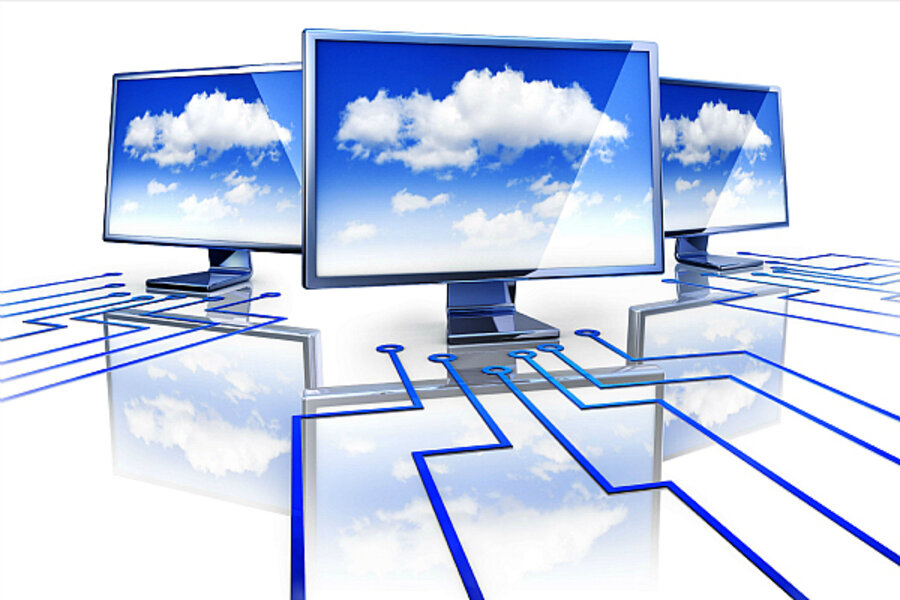"Cloud computing" describes when a personal computer relies on distant servers – themselves powerful computers and known collectively as "the cloud" – for certain tasks and services, often in one of two ways.
The first: data storage. When you post a photo to Facebook, the company's servers hold on to that image. This lets you share the picture with friends, view it from any of your electronic devices, and even delete the photo from your PC without fear of losing it forever. The image lives in the cloud now.
The second common use is more forward-looking. Those yonder servers can help your computer or phone do things that it is not powerful enough to tackle on its own. For example, iPhones and Android smart phones offer a free app called Google Translate. Speak into the phone – "Excuse me, where's the nearest bathroom?" – and within seconds the app will translate your sentence into any of 58 languages. Modern phones don't have processors powerful enough to translate your voice quickly and accurately. Instead, the app turns your request into a sound file, sends it up to the cloud, and lets Google's supercomputers do the heavy lifting.
Because of this dependence on far-off servers, Google Translate and other cloud services only work when you have an Internet connection.





